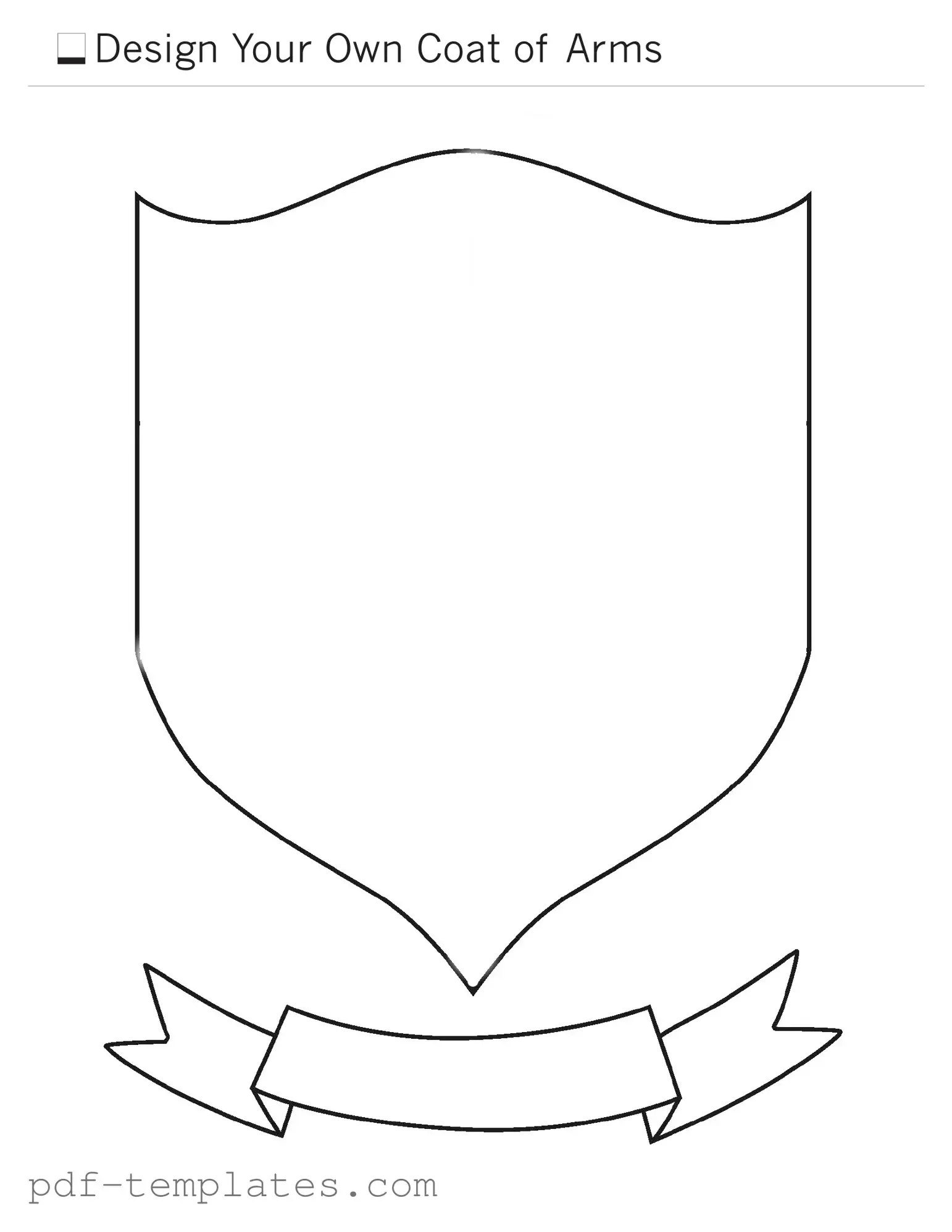The Coat of Arms form shares similarities with the Birth Certificate. Both documents serve as official records that establish identity. A birth certificate provides vital information about an individual’s birth, including their name, date of birth, and parents’ names. Similarly, the Coat of Arms form often includes details about lineage and heritage, which can be crucial for establishing family history. Both documents are essential for legal identification and may be required for various formal processes.
Understanding the various documents related to family heritage is essential, and among these, the All California Forms stand out as vital resources for legal and historical documentation. Through these forms, families can formally recognize and affirm their lineage and connections, ensuring that their histories are preserved and honored across generations.
Another document that resembles the Coat of Arms form is the Marriage Certificate. This certificate serves as proof of a legal union between two individuals, detailing their names, the date of marriage, and other pertinent information. Like the Coat of Arms, a marriage certificate can signify family lineage and heritage. It may be used in legal matters, such as inheritance claims or family law cases, highlighting the importance of both documents in establishing familial connections.
The Death Certificate is also comparable to the Coat of Arms form. This document records the death of an individual, providing details such as the deceased’s name, date of death, and cause of death. While the Coat of Arms form focuses on heritage and lineage, the death certificate serves as a crucial record for understanding family history. Both documents can play a significant role in estate planning and settling affairs after a person's passing.
Similar to the Coat of Arms form is the Passport. A passport is an official document issued by a government that certifies a person’s identity and citizenship. It contains personal information, including the holder’s name and date of birth. Both the passport and the Coat of Arms can be used to establish identity and heritage, especially when traveling or applying for citizenship in another country. They serve as important tools for individuals seeking to prove their background.
The Social Security Card also bears resemblance to the Coat of Arms form. This card provides a unique identification number for individuals in the United States, primarily for tracking earnings and benefits. While the Coat of Arms form emphasizes family lineage, the Social Security Card is essential for establishing individual identity within governmental systems. Both documents are vital for accessing services and benefits, making them important in different contexts.
Another document that aligns with the Coat of Arms form is the Will. A will is a legal document that outlines an individual’s wishes regarding the distribution of their assets after death. While the Coat of Arms form highlights family heritage, a will can reflect familial relationships and intentions regarding inheritance. Both documents can be instrumental in preserving family legacies and ensuring that wishes are honored after a person’s passing.
Lastly, the Adoption Certificate is similar to the Coat of Arms form. This document officially recognizes the legal adoption of a child, detailing the names of the adoptive parents and the adopted child. Both documents emphasize family ties and heritage. The Coat of Arms form often reflects ancestral lineage, while the adoption certificate signifies the creation of a new familial bond. Both serve to establish identity and belonging within a family structure.
